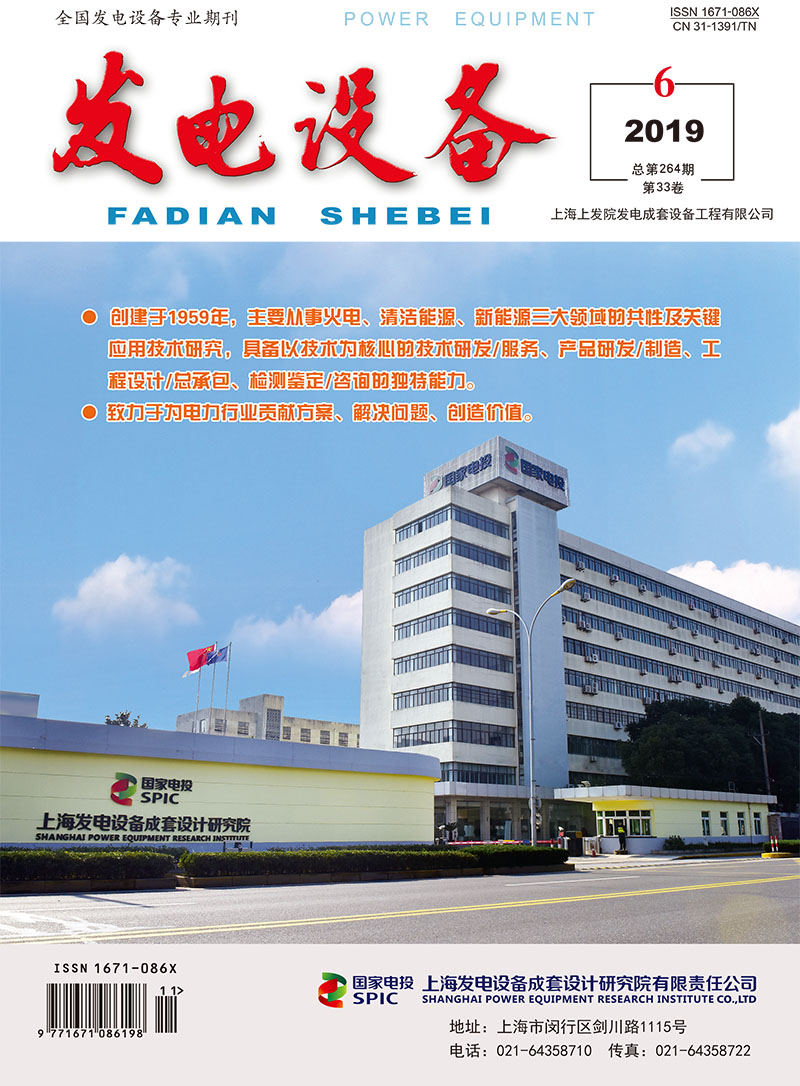Tao Li, Yang Yu, Chen Guowei, Cheng Yingguan, Song Wenlei, Guo Fucai, He Xiang
2019, 33(6): 427-431.
To optimize the operation parameters and control logics of a 300 MW subcritical boiler, operation tests were performed under 30% boiler rated load (BRL) condition after the following measures were taken, such as reducing the in-furnace gas temperature to avoid overheating of the reheat steam at high loads, improving the reheat steam temperature by enhancing the combustion in the furnace at low loads, balancing the flow of primary air and adjusting the baffle opening of secondary air, modifying the control logics for partial thermal configuration on combustion side and optimizing the protection parameters, etc. Results show that, with 2 coal mills in operation, the boiler can operate safely and steadily under 30% BRL condition, when better economic and environmental indicators could be obtained simultaneously.
